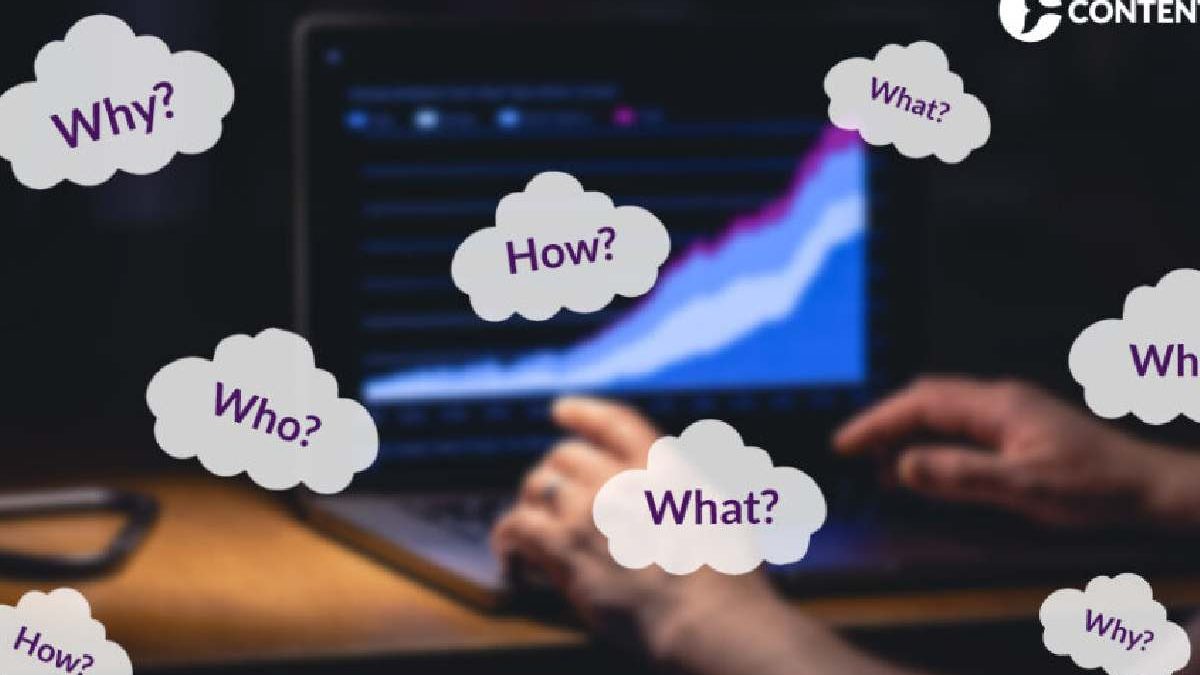Table of Contents
web Traffic
We call web traffic all the reach, visits, and views of a website, page, or blog. In other words, it refers to the number of hits that content receives on the Internet.
How people access and generate traffic to a given site can vary. However, the most traditional and commonly known way is through a search for information on engines such as Google.
What is Web Traffic?
Web traffic refers to all the activity carried out by users. For example, the total number of times they access visit a website. Either view a single page, view and navigate the site or do any determined action.
Now, these operators can contact and generate traffic to a specific website in various ways: from a search engine such as Google through a link on social networks.

What Each Tool Offers
-
Google Analytics (GA4): The most comprehensive analytics solution, GA4 offers deep insights, advanced segmentation, attribution, and integrates tightly with other services in the Google ecosystem (ads, search console, etc.).
-
Plausible Analytics: A privacy-focused, lightweight alternative. It uses a minimal script (under 1 KB), doesn’t rely on cookies, and is compliant with privacy laws (GDPR/CCPA). It gives you essential metrics — visits, referrers, pageviews, goals — via a clean, simple dashboard.
-
Fathom Analytics: Similarly privacy-conscious, Fathom provides real-time stats, a clean interface, and straightforward metrics: unique visits, top pages, referrers, goals/events. It also touts ad-blocker resistance (better capture of real traffic) and faster loading due to a small tracking script.
📊 Strengths & Weaknesses — Which Works for Whom
Google Analytics (GA4)
-
✅ Pros: Powerful feature set, integrations, advanced analysis, free to start.
-
⚠️ Cons: Complex setup, steep learning curve, heavy for small sites; also privacy concerns since it uses cookies and collects personal data.
Plausible Analytics
-
✅ Pros: Privacy-first (cookieless, no personal data), extremely lightweight (fast site speed), simple UI, easy setup, open-source and self-hostable for full data control.
-
⚠️ Cons: Limited analytics — lacks advanced segmentation, behavioural tracking (heatmaps, session replays), or deep user-journey tools; less suitable when you need complex insights or heavy marketing attribution.
Fathom Analytics
-
✅ Pros: Privacy-compliant, fast real-time data, straightforward dashboard, less noise, good for monitoring basic site health, and often captures more real visits (even with ad-blockers).
-
⚠️ Cons: Fewer features than GA4, limited behavioral analytics, less advanced segmentation; not open-source (unlike Plausible), so less customizable/self-hostable.
Which Tool to Choose — Based on Your Needs
-
Use Google Analytics if you run a large or complex website, need detailed traffic attribution, advanced segmentation, ad-marketing integration, and deep analytics.
-
Use Plausible Analytics if you want a minimal, privacy-friendly, fast-to-set-up solution that covers the basics and doesn’t slow down your site — ideal for blogs, small businesses, or privacy-conscious sites.
-
Use Fathom Analytics if you want something in between — easy, clean, privacy-compliant analytics that captures real traffic and gives quick insights without overwhelming you.
In short: GA4 = feature-rich but heavy; Plausible = lightweight and privacy-first but basic; Fathom = balanced simplicity and privacy with real-time clarity.
5 Tips to Engage more Web Traffic
1. SEO Optimization
Optimizing your website for SEO means making your site more suitable for search engines and visitors alike.
Well-implemented SEO will help your website rank higher in the search engine results pages (SERPs), thereby generating traffic to your website.
A simple start to optimizing your website is to do keyword research for your content. Then, you will know if many people are searching for a specific keyword and how high the competition is.
You can determine which keywords you want to use that are likely to rank well in search engines.
There are many tools for this purpose, the most popular is Google Keyword Planner. You can find keyword ideas or view historical metrics (average monthly searches, competition, etc.).
Once you know what keywords you want to use, it’s time to optimize your website. The optimization process can divide into two categories:
Off-site SEO
Refers to everything you can do to promote your websites, such as link building, social media marketing, etc.
On-site SEO
Is optimizing different parts of your website, including content. When creating content for your website, focus on your on-page SEO first. After all, your website has to be perfect before you want to bring it closer to others, right? Here are some things you can do to improve your page’s SEO:
Engaging Titles
Create a catchy title using your keywords. It should be about 70 characters or less.
Meta Descriptions
These are the brief descriptions of a web page displayed in the SERPs. Just like meta titles, it should contain your primary keywords so that search engines and humans can understand that your page is what
Heading Tags
Make your content an easy-to-read piece using heading tags (H1 to H6). Alternative text for images: used to describe images on the web. It helps search engine crawlers understand ideas. Screen reading tools also use this text to describe the image to the blind.
2. Email Marketing Campaigns
While SEO is a great way to showcase your site’s potential to customers, you want to make sure they don’t just visit your site once. Instead, engage with visitors by sending regular newsletters and promotions via email.
Contacting those who have already visited your page helps you stay in the present for them and encourages them to revisit you. Like regular customers at a coffee shop, they will develop a sense of loyalty to your site over time. It is a fantastic way to drive traffic to your website.
You need to use email marketing services like MailChimp and Constant Contact to start an email marketing campaign. You can try their free versions to get started and upgrade to premium plans as your site grows.
But remember not to bombard your subscribers with too many emails. Instead, please keep it to a minimum by sending weekly or bi-weekly emails summarizing your site updates.
3. Social Networks
Social networking sites are a powerful tool for increasing web traffic. If you use them wisely and effectively, it won’t be long before visitors flood your site.
First, always make sure your content is easy to share. People love to share exciting posts they found on the Internet with friends and family. Don’t miss this opportunity and embed social sharing tools in your blog posts.
However, don’t sit back and wait for people to share your content. It is you who needs to be active and reach the new audience. So every time you upload new content, share it on social networks. It costs you nothing and can significantly increase traffic to your website.
Here are some tips for promoting your content on social media sites:
Add Visuals – People are more likely to click on visually appealing posts.
Use hashtags – Hashtags make your posts more discoverable to people searching for that keyword.
Choose the right tool – Different social networks have different target audiences. For example, most adults use Facebook, while teens and people in their 20s tend to use Instagram and Twitter. Test a few sites and determine which one works best for your website.
4. Create a YouTube Channel
You must have come across a video or two on Google search. You have most likely seen YouTube videos, as research shows that 88% of the videos listed on the first page of Google SERP are from YouTube. Therefore, this video platform can be a goldmine for driving traffic to your website.
One way to generate web traffic quickly is by asking your viewers to visit your website and explaining the benefits they will get from doing so. You can do this by saying short sentences like “Check out typingperfect.com for a full course on how to type faster” or putting a call-to-action text in your video.
5. Internal Links
Many website managers tend to focus on third-party links for unknown reasons and forget to implement internal links. It’s a shame because both are important in increasing traffic to your website.
Google uses links (internal and external) to regulate the value of a page. If there are many links to a page, Google considers that page important and will rank well.
So it becomes clear how much internal linking matters, right? Every time you create content, it’s important to include internal links to relevant articles. For example, suppose your post is about starting a business; you can insert links to articles on business ideas and business plans.
Another benefit of internal links is to keep visitors on your website. With internal links to relevant pages, visitors won’t be looking for the information they need on your competitor’s sites.
Conclusion
We have shared some of the best free and paid means to drive traffic to your website. Website owners are looking to generate web traffic quickly, and many think that they have to spend a lot of money, but as you have seen, there are free tricks that work pretty well. Try them, and you will see how the traffic to your website increases.

